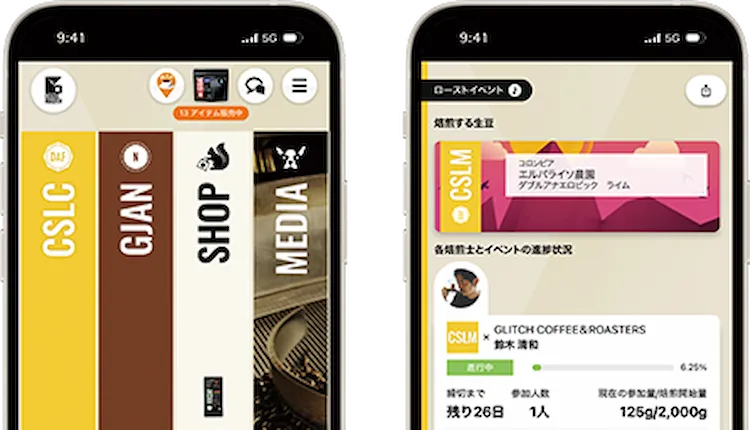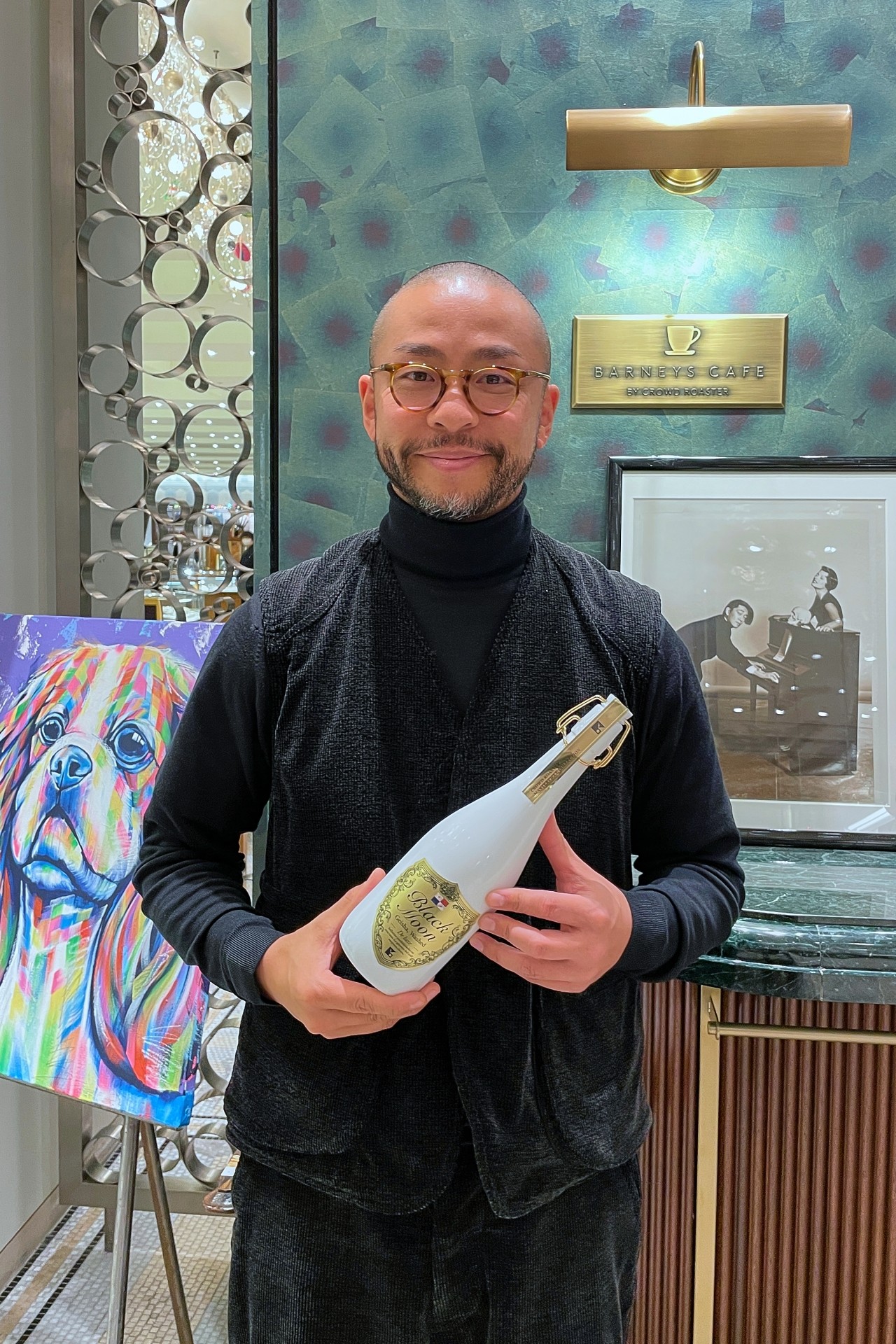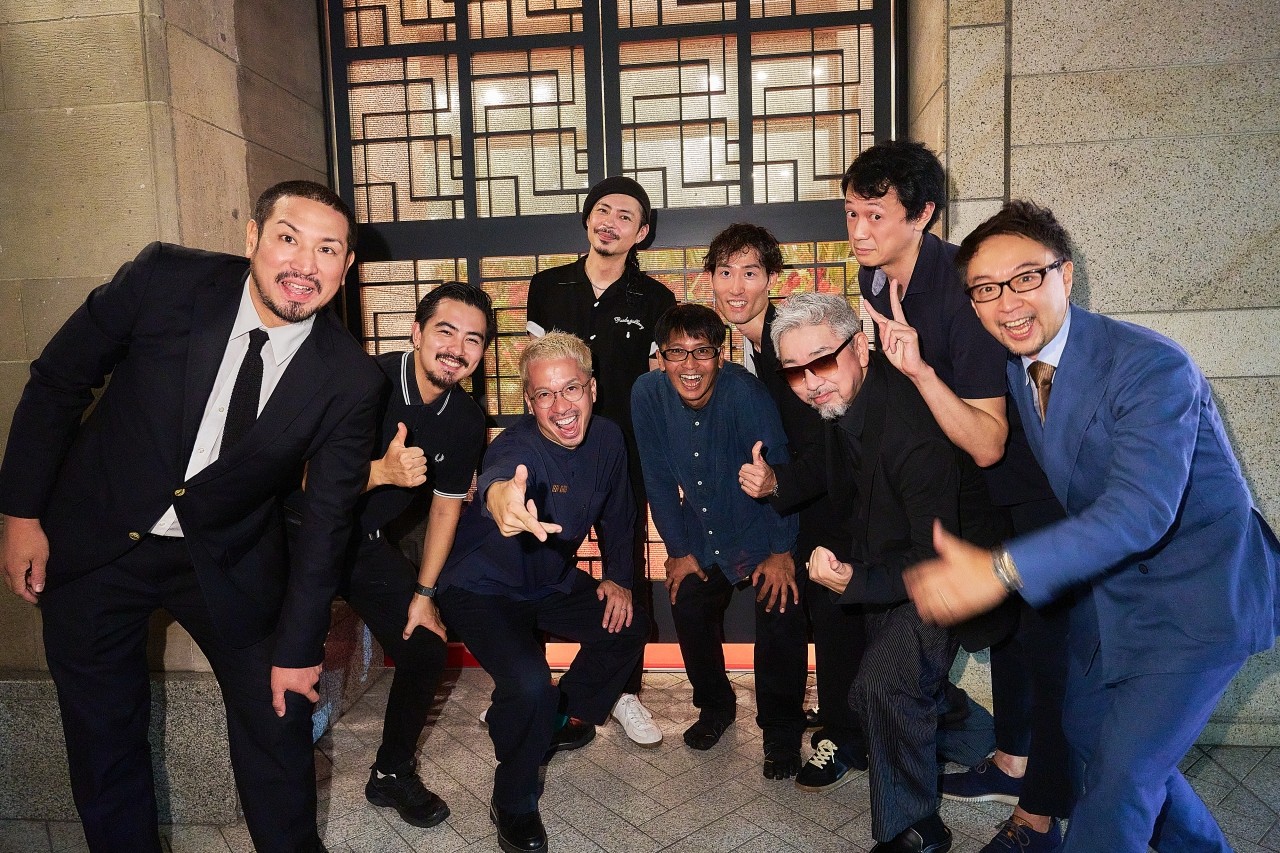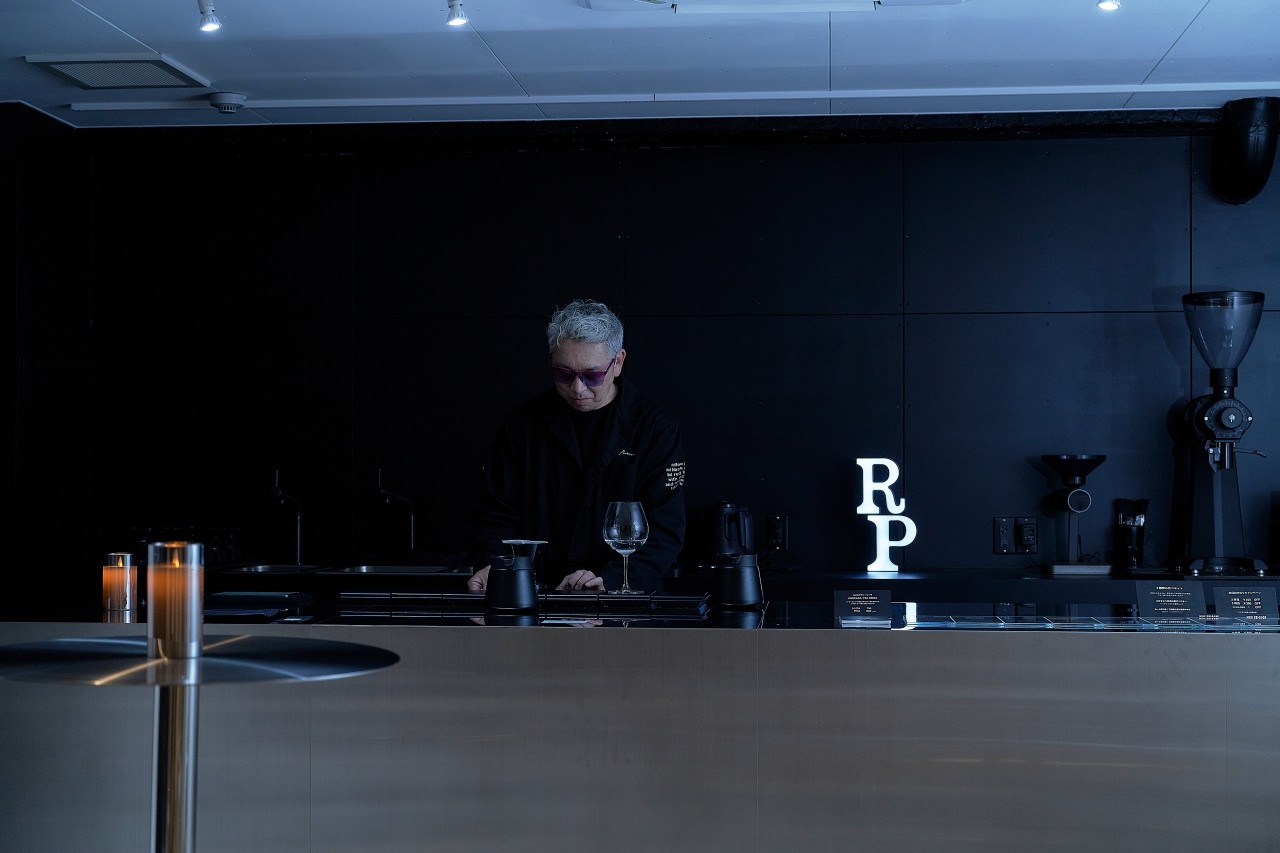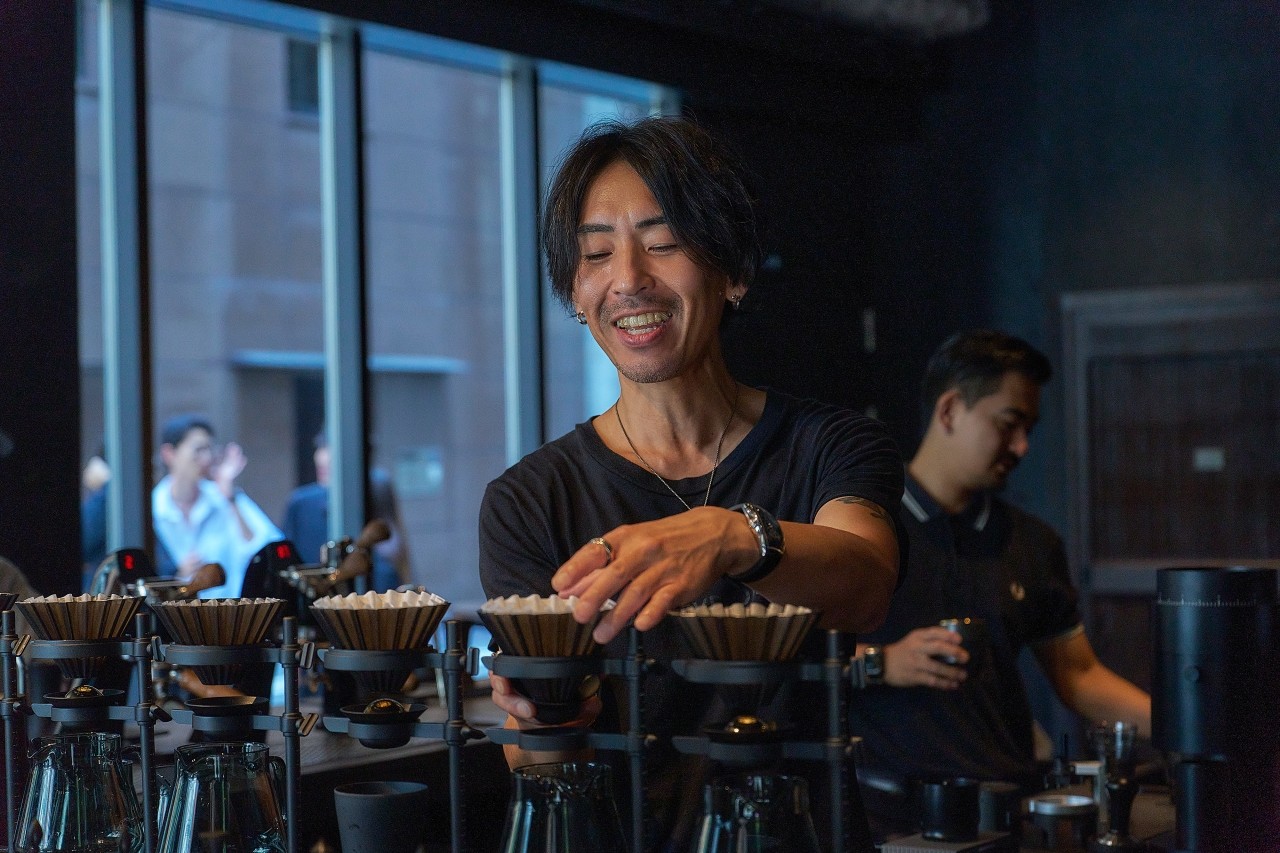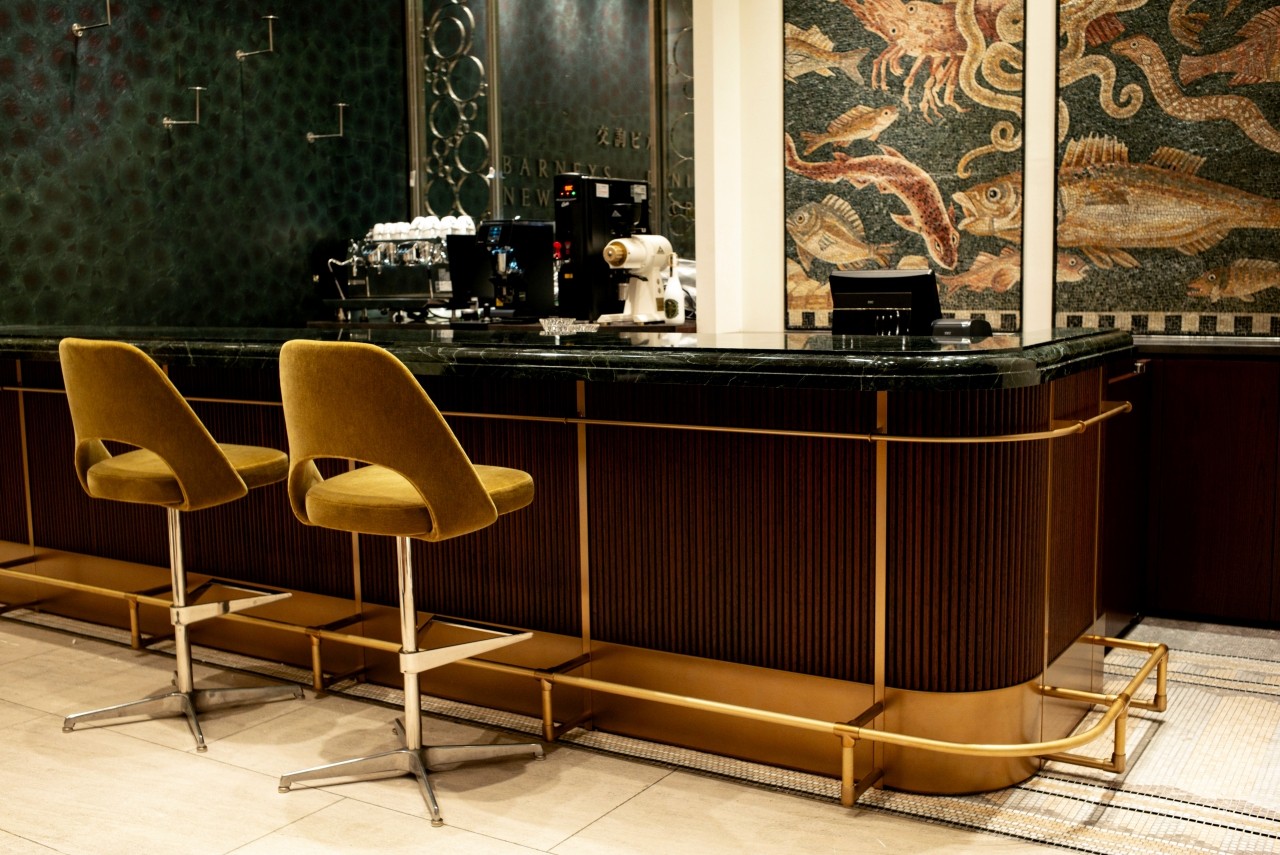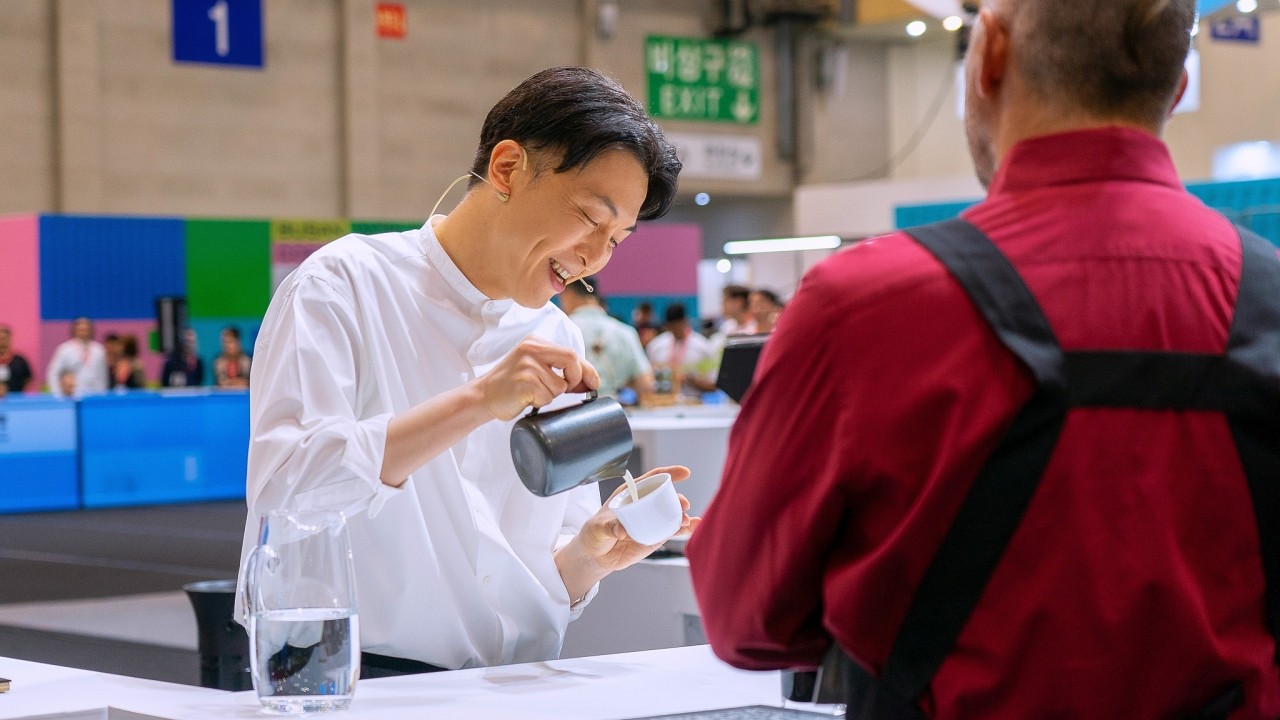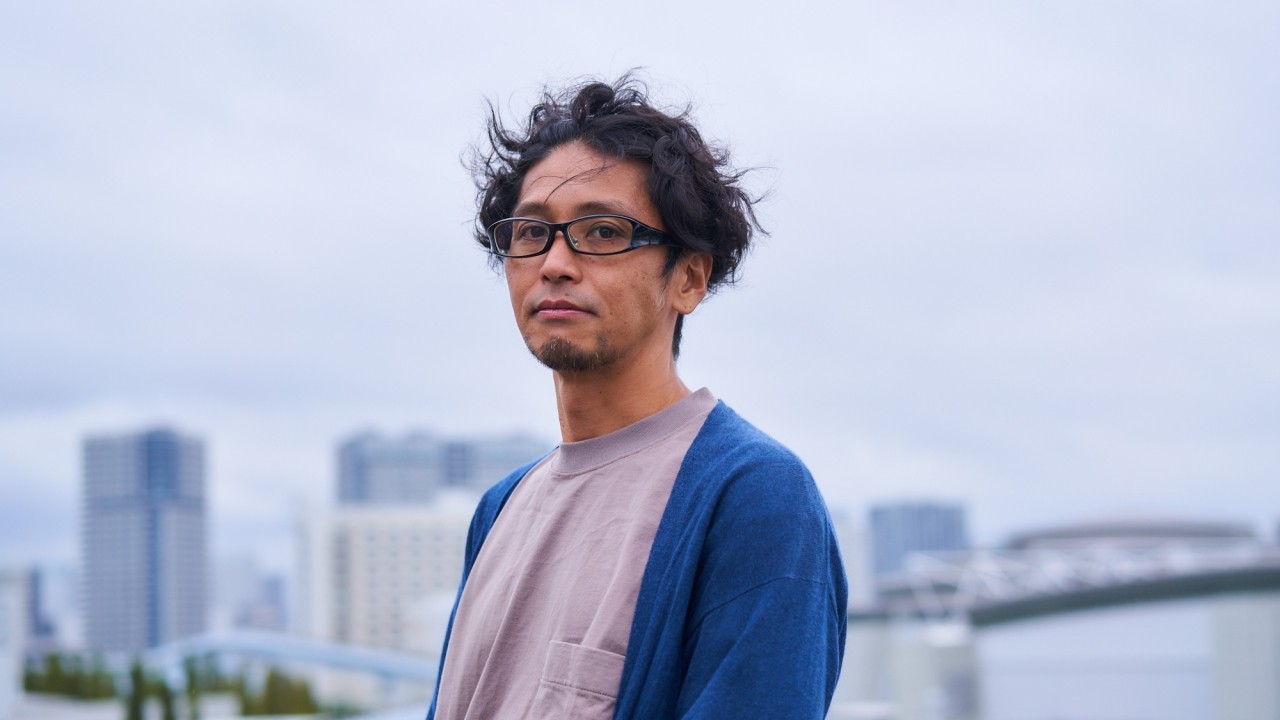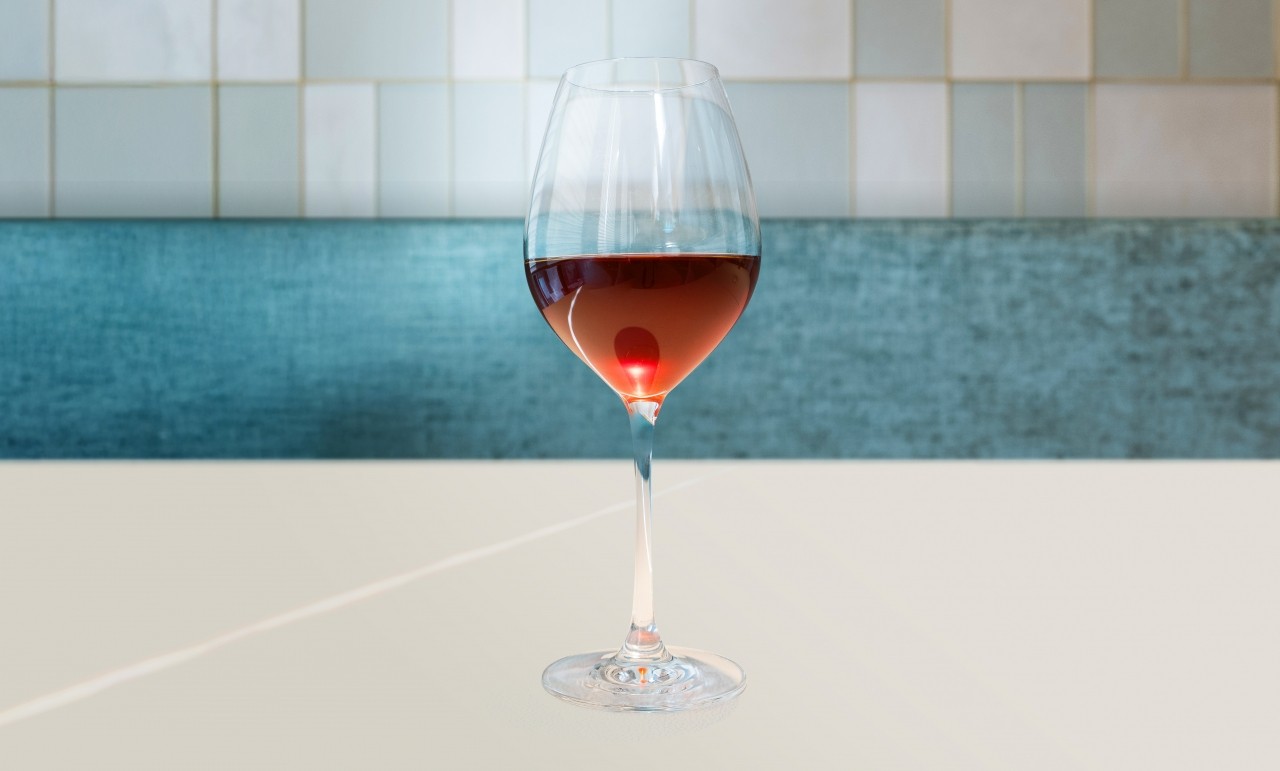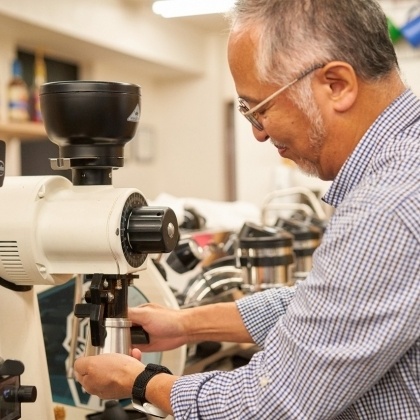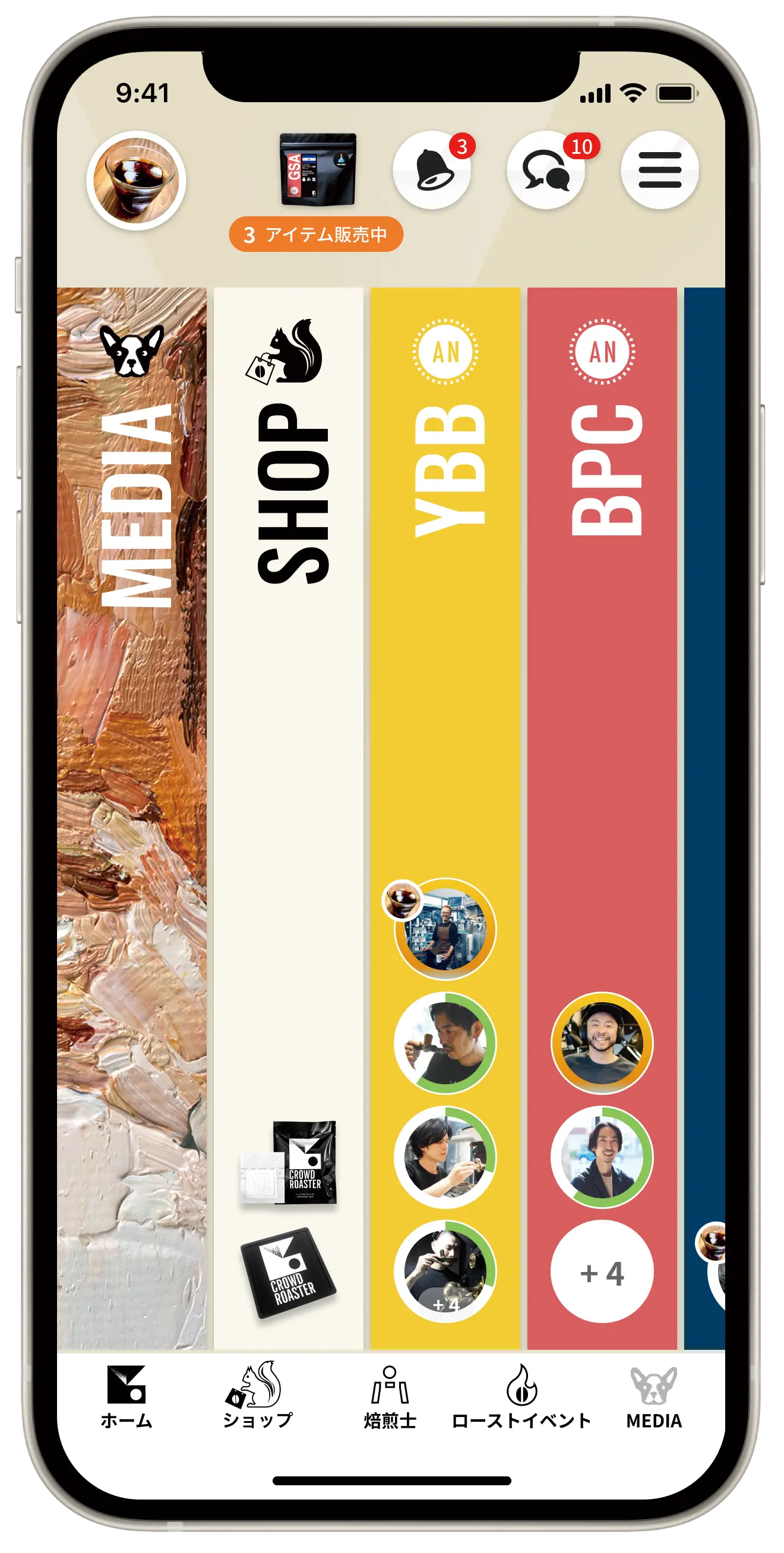“I want to raise the level of Japanese espresso culture” Interview with Noboru Ueno, representative of the Japan Latte Art Association (Part 1)
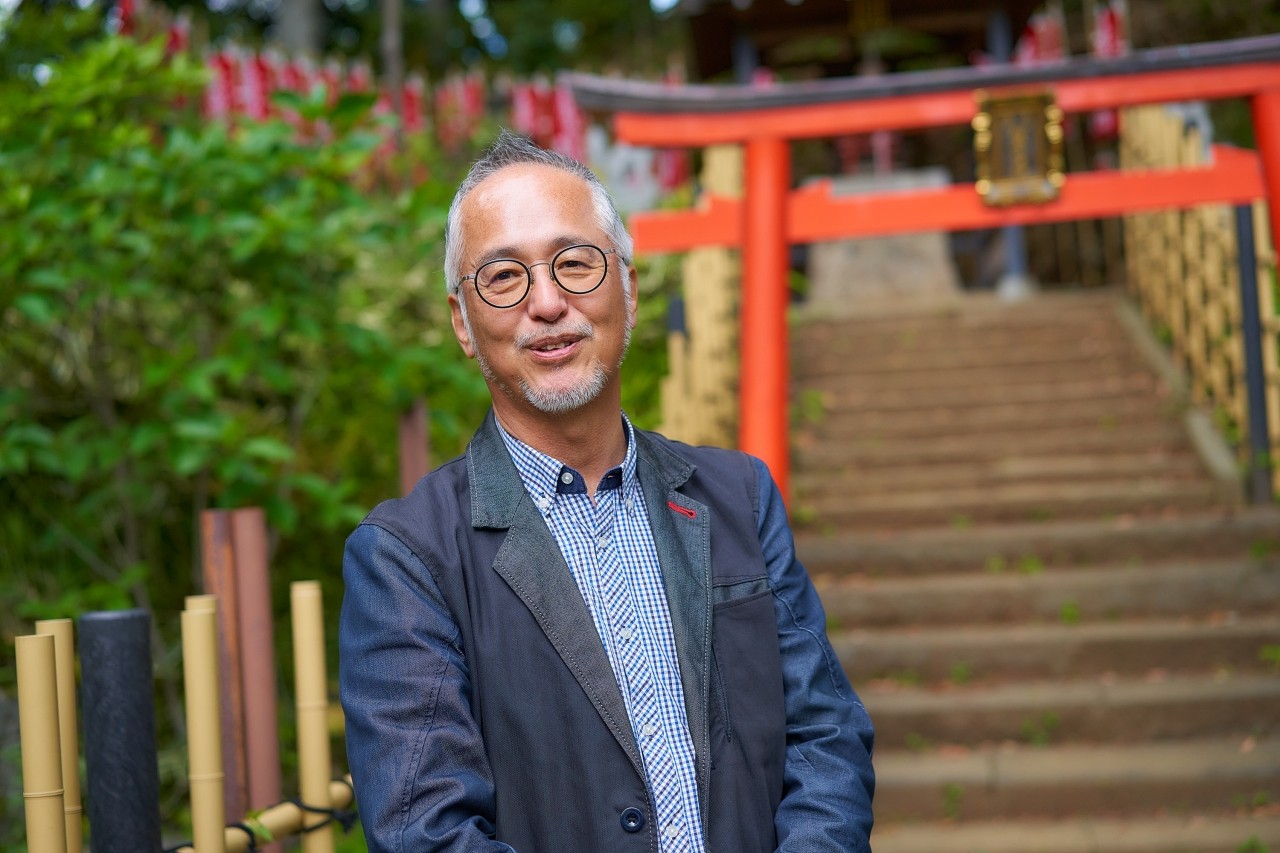
Noboru Ueno, representative of FBC International and representative director of the Japan Latte Art Association, was the first to introduce Seattle-style cafes to Japan and has worked hard to promote Japan's coffee culture, including serving as secretary general of the Japan Specialty Coffee Association.
Ueno, who has been involved in latte art competitions for many years, founded the Japan Latte Art Association in 2022. We spoke to him about his thoughts on latte art and espresso.
Spotlight on baristas who put their all into making latte art
--I understand that you were the first to bring Seattle-style espresso and cafe latte to Japan, and in 2014 you held Japan's first World Latte Art Championship. What were your thoughts behind that?
Ueno-san (hereafter, titles omitted): In Italy, latte art has been around for a while, in the form of hearts or leaves called rosettes. But they don't hold competitions, they just serve them to customers who are waiting. Then, David Schommer, the owner of a cafe called Vivace in Seattle, thought that he could add value by selling latte art, so he started putting his efforts into it.
The world's first latte art competition was held in Seattle in 2002, and the first one in Japan was held by me in 2014 at an exhibition called "Coffee Fest."
Ueno-san (hereafter, titles omitted): In Italy, latte art has been around for a while, in the form of hearts or leaves called rosettes. But they don't hold competitions, they just serve them to customers who are waiting. Then, David Schommer, the owner of a cafe called Vivace in Seattle, thought that he could add value by selling latte art, so he started putting his efforts into it.
The world's first latte art competition was held in Seattle in 2002, and the first one in Japan was held by me in 2014 at an exhibition called "Coffee Fest."
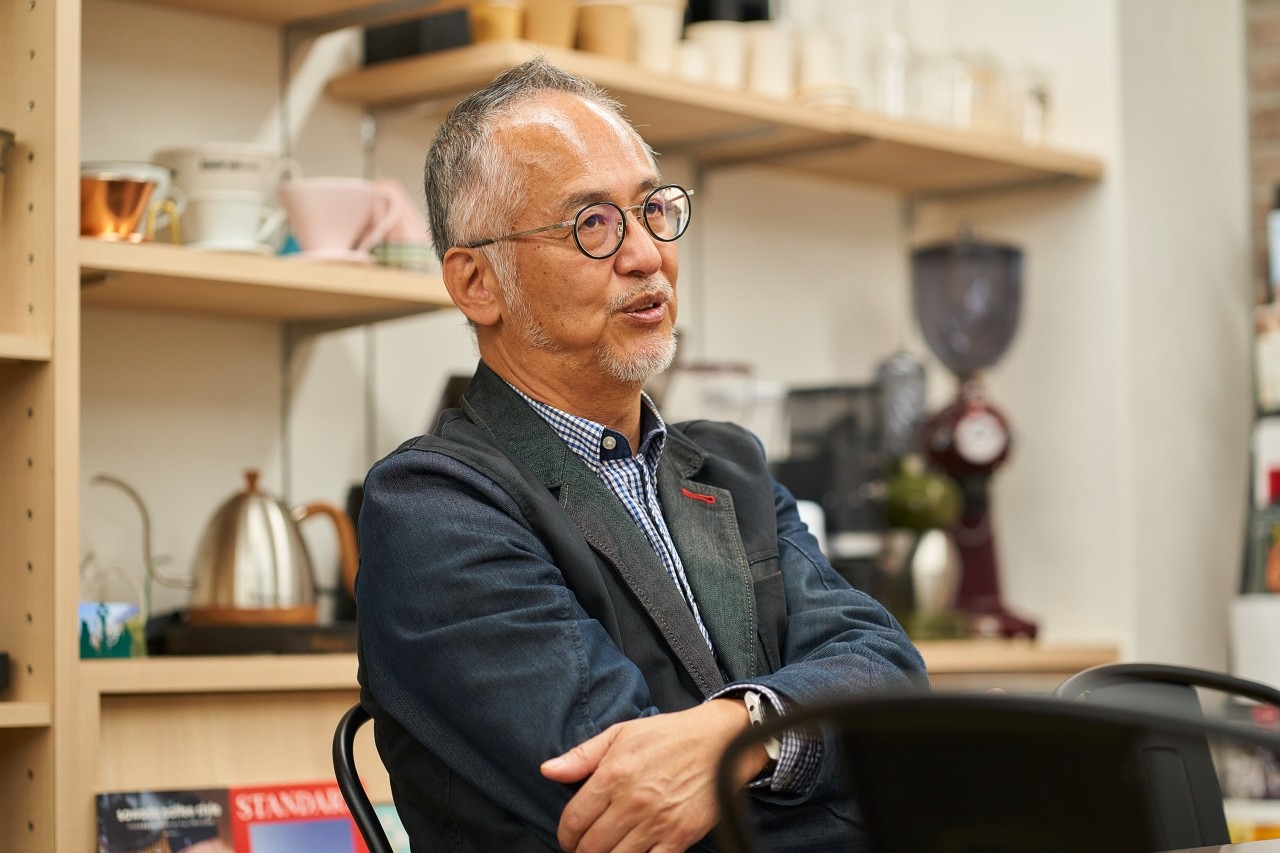
I brought espresso and cafe latte to Japan a few years before Starbucks came to the country.
At that time in Japan, no one knew about espresso or cafe latte, so I brought back paper cups and lids from the United States, and in order to spread the word about them, I would walk down Yaesu Street in Tokyo Station with two American men and women, holding empty cups, for about two hours a day, pretending to drink from them.
--In the past, very few people would take coffee out in a cup.
Ueno: Nowadays, everyone carries one, but back then, no one in Japan carried one. All they had were service areas on the highway, where you bought one from a vending machine and put it in the driver's seat cup holder.
Since then, as Secretary General of the Japan Specialty Coffee Association, I have been involved in the management of the Japan Barista Championship (JBC), but I also felt that I wanted to shine more of the spotlight on baristas who are working hard at latte art.
The end result of working hard at latte art is a barista's job - to make customers happy.
At first, everyone is only interested in improving their own latte art skills, but as they do it, they realize that their customers are happy and that it is a service that other stores don't have. Before they know it, the customers' happiness becomes their own happiness, their hospitality improves, and the store becomes more comfortable.
The latte art contest is a place to get people interested in latte art and a great opportunity for baristas to show off their skills. Now that digital tools like Instagram and YouTube make it easy to spread information, I think latte art is the perfect medium.
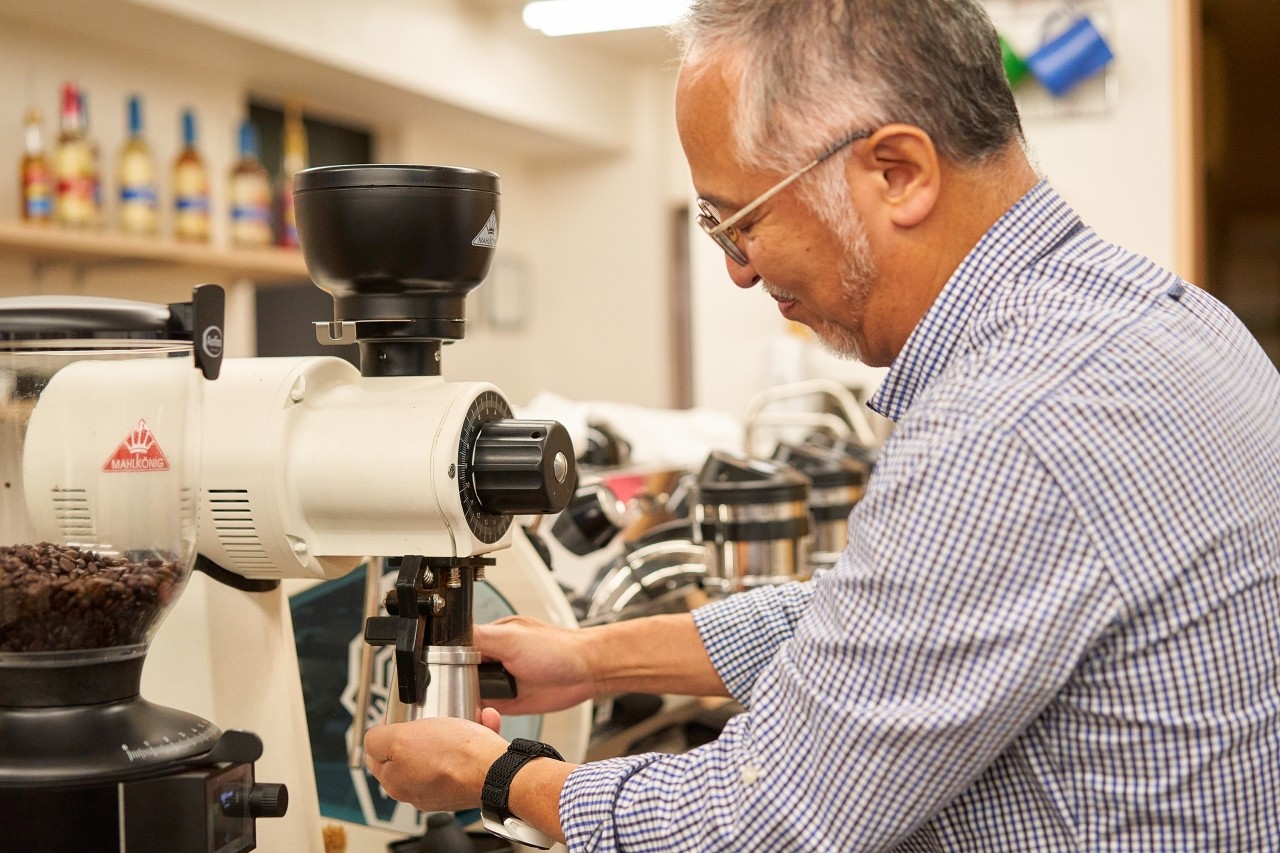
--It's easy for anyone to understand.
Ueno: Nowadays, if you go to an exhibition in Milan, Italy, you can see fully automatic machines that can draw beautiful latte art in the same way over and over again. But that's not the case. The word barista itself means "ista" (a person) who works in a bar, and I want to value people more.
I hope that through this competition, baristas will receive more attention and establish a proper position as a profession in Japan.
Ueno: Nowadays, if you go to an exhibition in Milan, Italy, you can see fully automatic machines that can draw beautiful latte art in the same way over and over again. But that's not the case. The word barista itself means "ista" (a person) who works in a bar, and I want to value people more.
I hope that through this competition, baristas will receive more attention and establish a proper position as a profession in Japan.
The profession of "barista" in Japan and around the world
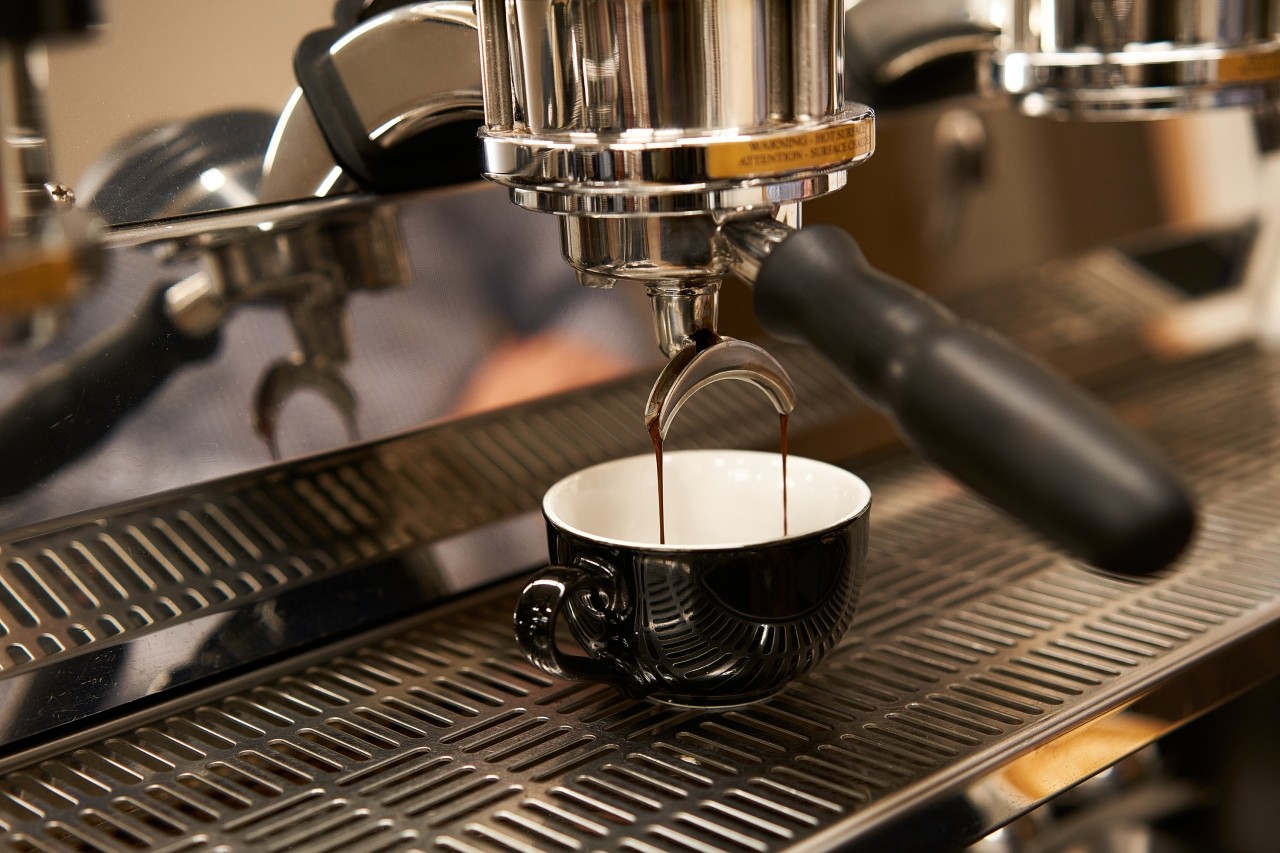
--Through this world championship, have you noticed any differences between baristas in Japan and around the world?
Ueno: When the tournament was first held in 2014, I think Japan had the best skills in the world, but from the following year, 2015, Taiwan and South Korea took the wins, and no Japanese champion has been seen since 2014. Now, South Korea is by far the leader.
-- Korea is so excited, isn't it?
Ueno: Next are Taiwan and Thailand. Nowadays, all the cafes in Thailand are using the latest espresso machines and grinders, and the baristas are cool. In resort hotels in Thailand and Vietnam, coffee always means espresso machines, so there is a high demand for staff in those places.
Aaron Barista, who won the Japan Specialty Coffee Association's Latte Art Competition, runs an incredibly popular cafe in Chiang Mai in the north of Thailand and even has his own brand of clothing.
--If you work hard as a barista, you get something in return. I feel like that situation is different from Japan.
Ueno: Japan has been overtaken. Try going to Korea or Bangkok, Thailand. For example, in a store that has been converted into a cafe in an old warehouse, they create an island-type space in Shin middle where the barista works, with the customers seated around it. The barista is like a star on stage.
----I understand that overseas, the job of barista is something that young people aspire to and aim to become, and that it is something that they hone their skills in.
Ueno: In 2019, a Vietnamese boy who came to Japan at the age of 20 and placed fourth in a latte art competition is now a star in Vietnam, and being a barista has become a coveted profession in Asia.
But what about in Japan? In fact, even if the coffee is brewed using a fully automatic machine or a siphon, the person may still be called a barista.
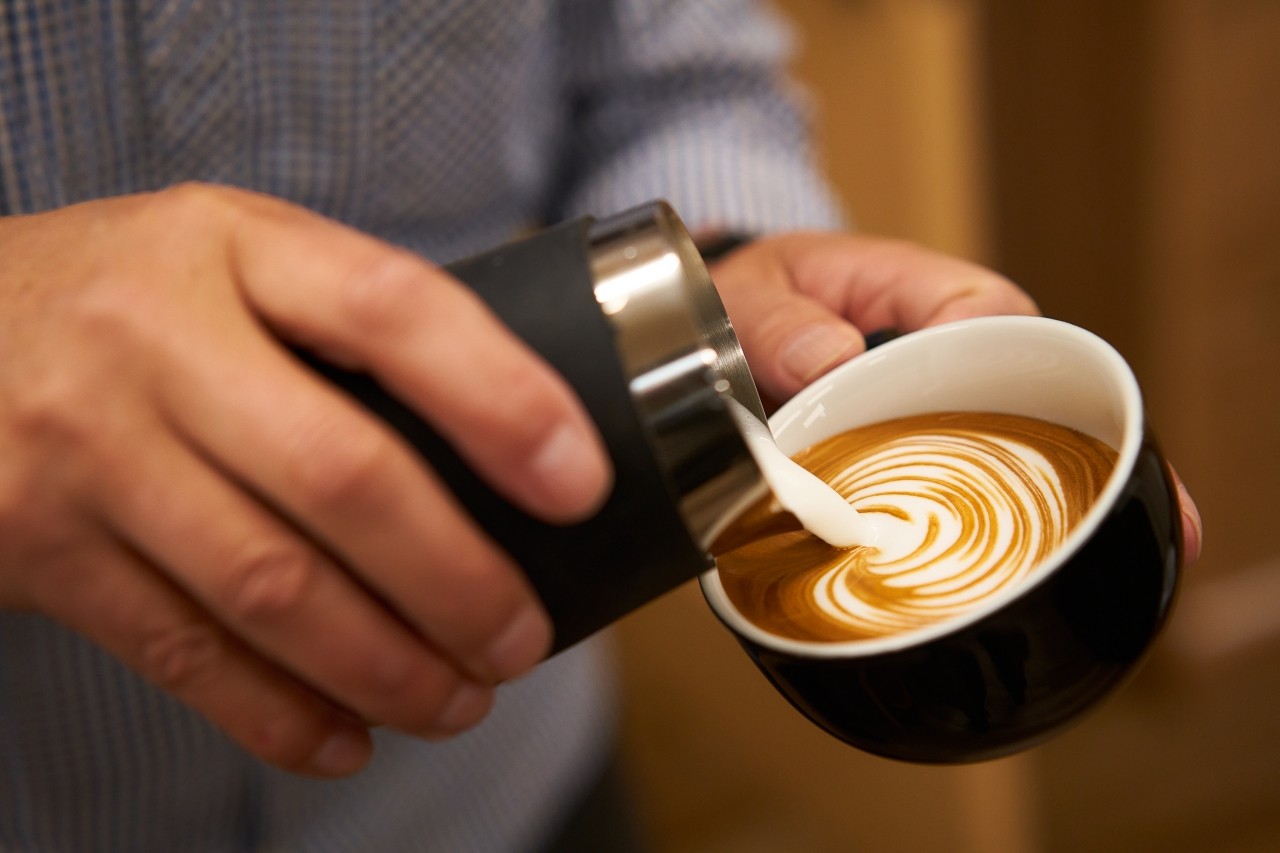
-- People may not know that brewing espresso requires skill. Is this due to the lack of awareness of cafe culture?
Ueno: That's right. The Japanese have always been a rare breed of Asian people who drink coffee, and there have been a variety of coffee business styles, from coffee shops to types like Doutor, and even vending machines. Then a new type like Starbucks came to Japan, so it took a while for it to catch on.
Paper cups come in many different colors now, but when I first tried to put in the black paper cups, I was told at customs that they were not acceptable because they had to be white to be clean. Still, I managed to put them in, and after that, other chain stores started using various cups, but until then, there were no colored paper cups.
Japan already had a strong infrastructure for coffee, so new things could only slowly and gradually grow in number.
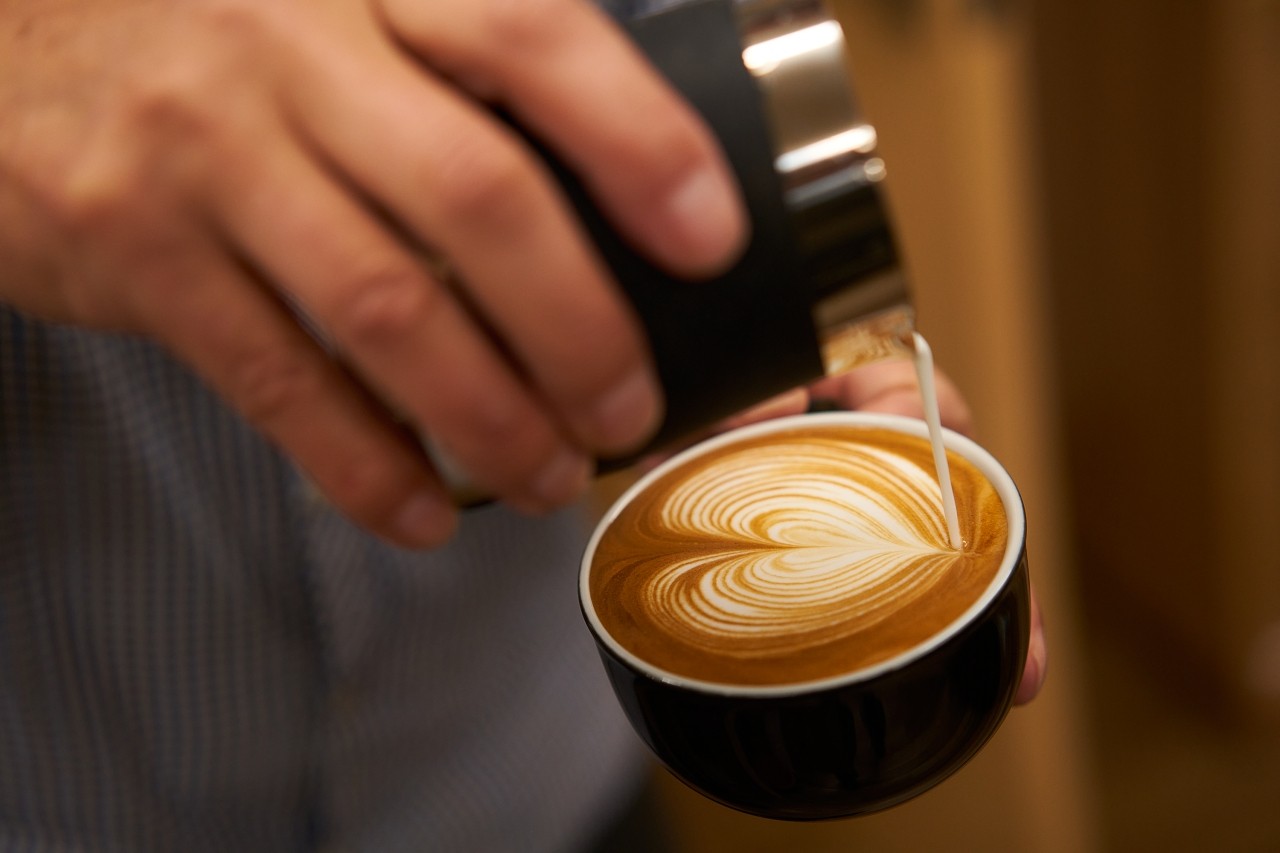
--That's a situation that's unique to Japan.
Ueno: In Korea, for example, there was only instant coffee, so when Starbucks comes there, the demand increases dramatically.
So in countries other than Japan, coffee = espresso-based. Since it started with espresso, lattes and cappuccinos are the main drinks. On the other hand, espresso is not mainstream in Japan.
----It's true that espresso culture has not spread very quickly in Japan.
Ueno: But espresso has about half the caffeine of pour-over coffee. I wish the big chain stores would talk about that more.
----That's right.
Ueno: I think there are many things like this, and probably many more that only I know.
Even when it comes to latte art patterns, most baristas are unaware of the difference between leaf and rosette designs, and neither American baristas, Taiwanese baristas, nor Korean baristas can tell the difference.
The reason is that this pattern was called Rosette in the 1980s, so today's baristas in their 30s and 40s don't know about it. But I had already asked in Seattle back then why it was called Rosette.
There is a plant called a fern. A Shin that grows on the ground has one axis in the middle and many leaves around it. That is called a rosette. Or a large tree with a thick root that grows straight and branches out from it is also a rosette.
I also believe that through the activities of the Latte Art Association, we need to continue to spread the truth about these things.
Aiming to improve the status of baristas
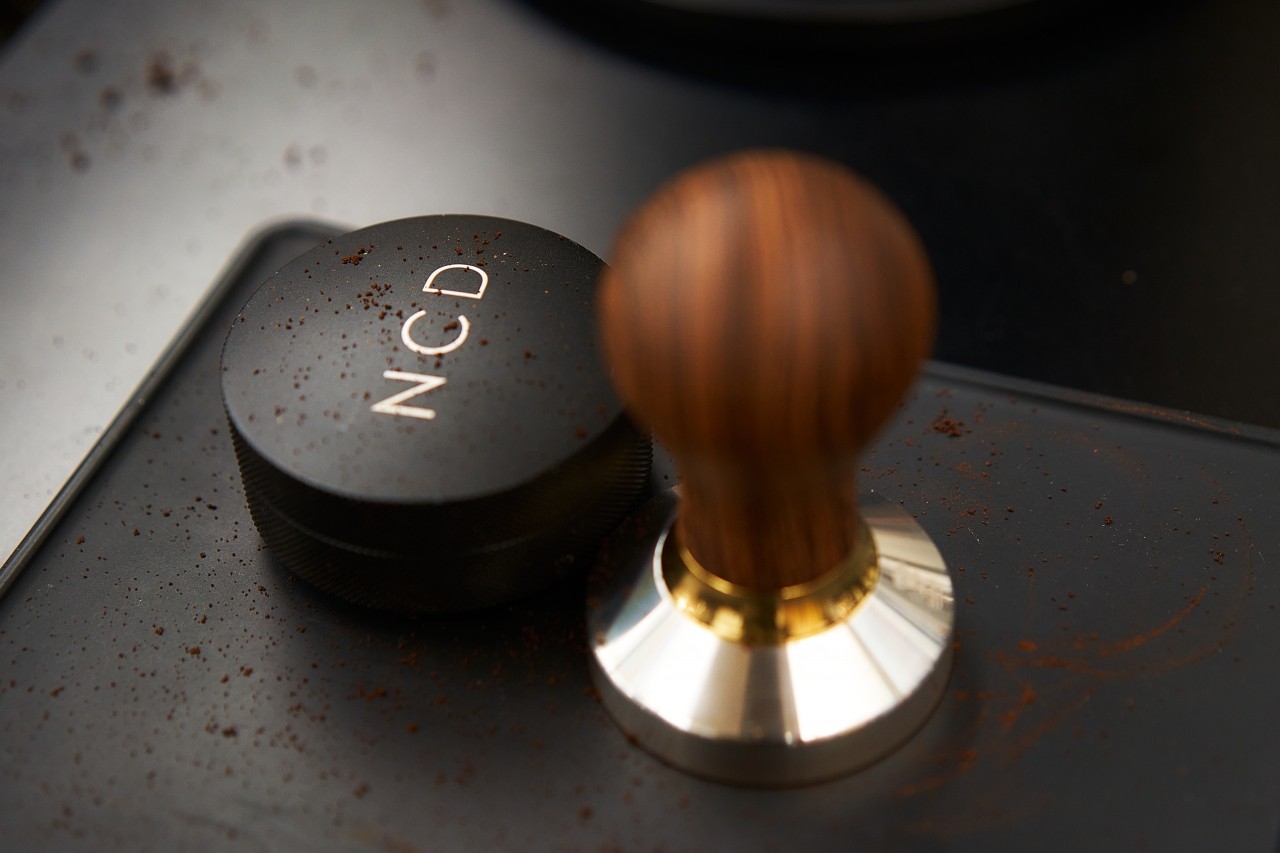
----You mentioned the Japan Latte Art Association. What are the association's plans and visions for the future?
Ueno: I want to create something that companies can use as proof of their skills when hiring baristas, just like commercial bookkeeping. To achieve this, I thought it would be better to be a general incorporated association rather than a private company, so I founded the Japan Latte Art Association.
I am currently teaching at the Manabu Specialized School, and for example, if you obtain Level 3 qualification while at Manabu , companies will know that if you have Level 3 qualification, you can stand in front of a machine.
I am hoping to start taking this five-stage latte art skills certification exam by the end of the year.
Like driving schools, we will give cafes from Hokkaido to Okinawa the right to conduct practical tests. There is no point in obtaining a license if you can't use it, so we are working to spread this to the hiring side as well.
Ueno: I want to create something that companies can use as proof of their skills when hiring baristas, just like commercial bookkeeping. To achieve this, I thought it would be better to be a general incorporated association rather than a private company, so I founded the Japan Latte Art Association.
I am currently teaching at the Manabu Specialized School, and for example, if you obtain Level 3 qualification while at Manabu , companies will know that if you have Level 3 qualification, you can stand in front of a machine.
I am hoping to start taking this five-stage latte art skills certification exam by the end of the year.
Like driving schools, we will give cafes from Hokkaido to Okinawa the right to conduct practical tests. There is no point in obtaining a license if you can't use it, so we are working to spread this to the hiring side as well.
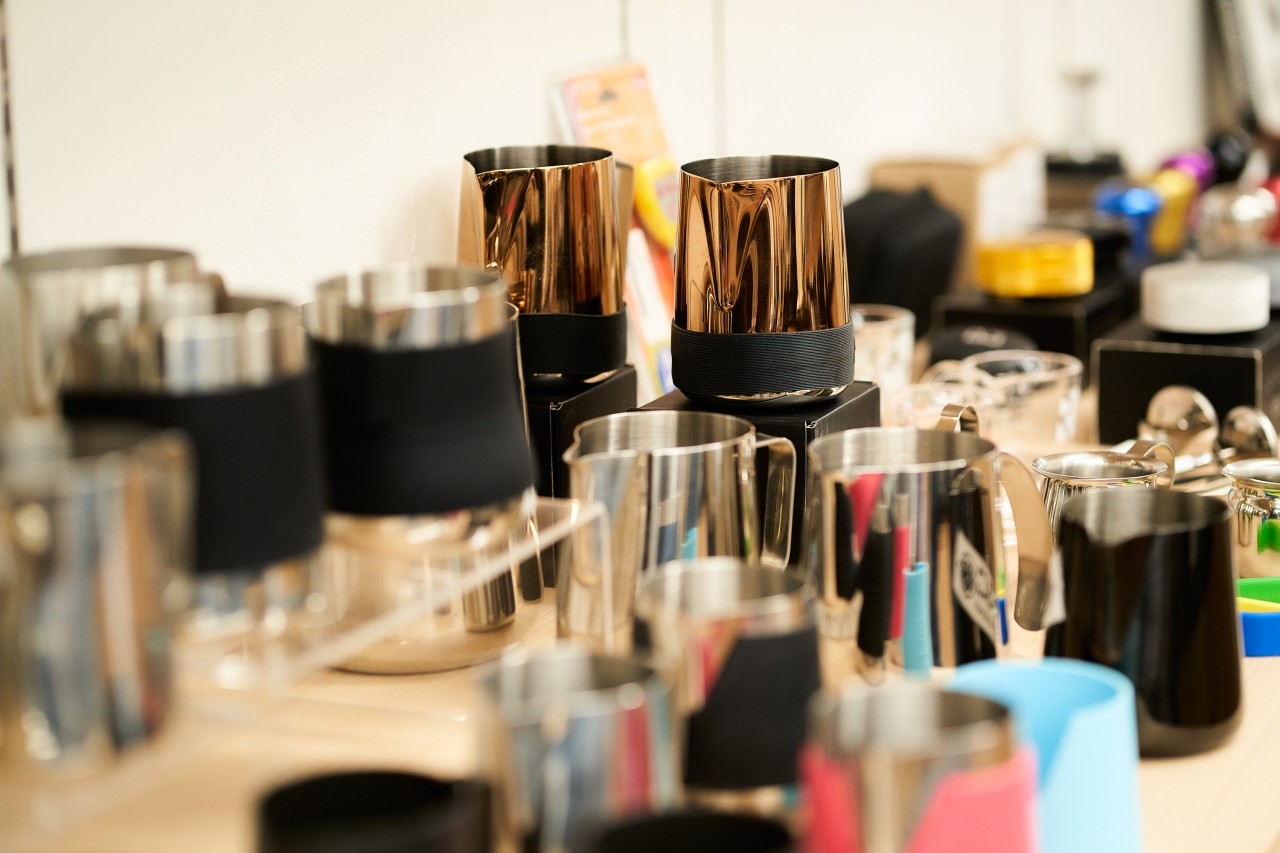
--It would be great if qualifications like this could help make the barista profession more widely recognized in society.
Ueno: I want to improve this skill certification test and turn it into a national qualification. I would like to establish a track record as a general incorporated association and bring it into existence.
Even in the case of "food and drink," the "food" part has a national chef's qualification, but there is nothing for the "drink" part. Isn't that strange, since drinks are also something you eat? Even things like washing your hands when making coffee are all left up to the store.
In addition to the safety of food and drink, we are also thinking about various other meanings. Even in famous Italian restaurants, the food is of course professionally prepared, but the reality is that the coffee is brewed by part-time workers.
--This also means that baristas are still seen as having a low status.
Ueno: That's why I think we need to have someone raise the flag and gather under it to improve the status of baristas. That's why we have the Latte Art Association.
To be continued
In the second part, Ueno Noboru talks more about latte art competitions and what he expects from baristas.
looking forward to.
2023.9.18
If you want to enjoy coffee more deeply
" CROWD ROASTER APP"
Manabu at CROWD ROASTER LOUNGE
・Push notifications for article updates・Full of original articles exclusive to CROWD ROASTER
・Direct links to detailed information about green beans and roasters
App-only features
- Choose green beans and roasters to create and participate in roasting events・CROWD ROASTER SHOP: Everything from beans to equipment is readily available
・GPS-linked coffee map function
